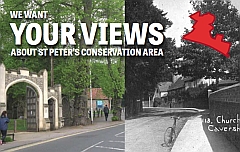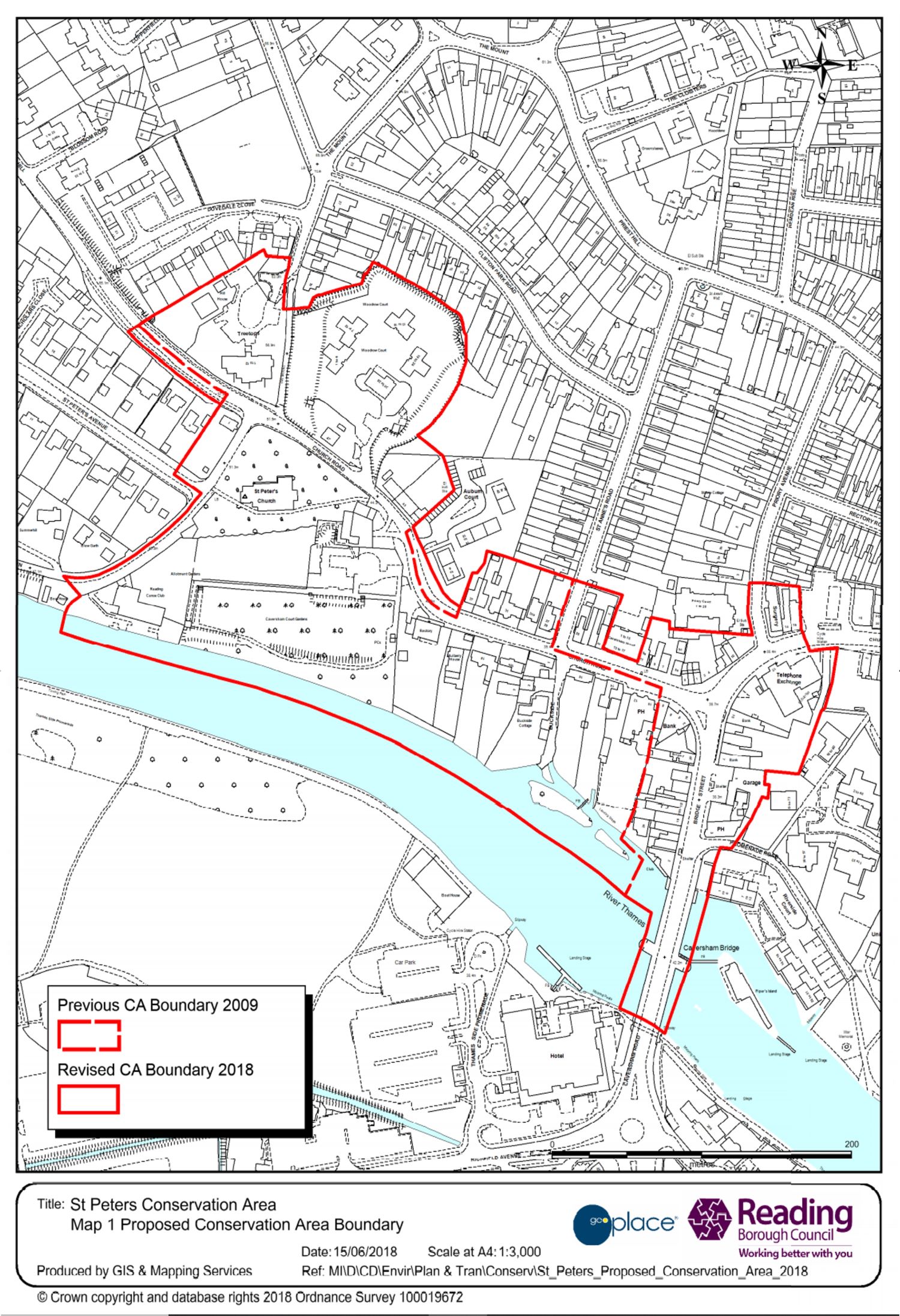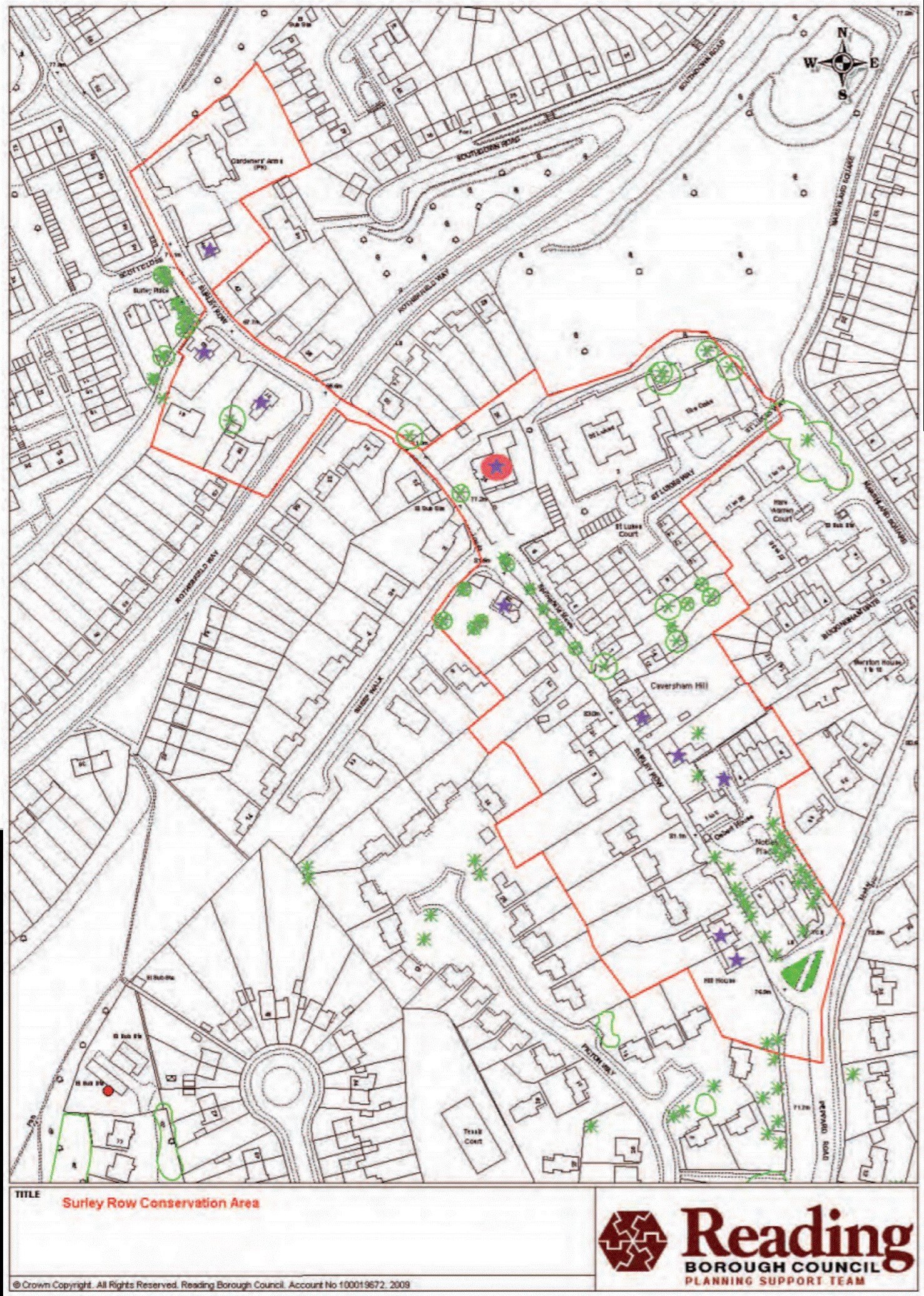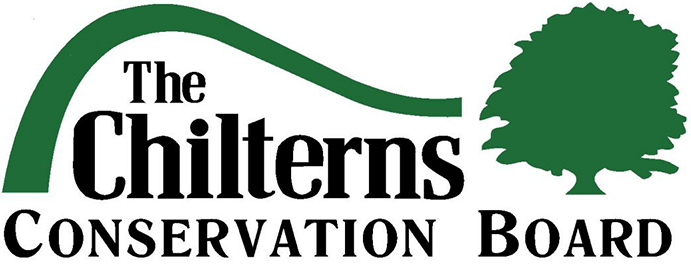
25 September 2024
Historic England have an interesting Listed Buildings Search facility, that provides an easy way to look for listed buildings throughout the country, not just locally.
See also CADRA's list of Documents and Resources that has links to items used during the Conservations Areas Project, which you may find useful.
29 April 2020
Following the announcement that a contractor has started work on the Grade I listed Chazey Court Barn, at the far end of The Warren in Caversham, Reading Civic Society and CADRA have jointly commented in this Press Release. Whilst the work being undertaken is minimal it is vital to prevent any further deterioration.
14 January 2020
CAAC have issued a summary of their progress to date - December 2019 Update.
19 June 2018
More than 200 cast historic iron lamp columns in Reading will be refurbished and retained following a recent survey of historic lamp posts across the borough. RBC Council News
Preservation is one of our key aims and CADRA works with other grou.jpg) ps across Reading, to try and address areas of deterioration.
ps across Reading, to try and address areas of deterioration.
We sit on and helped establish the Conservation Area Advisory Committee (CAAC), which advises RBC on conservation matters and plays a large part in reviewing Reading's conservation areas.
Information on the 15 Conservation Areas in Reading can be found at: Conservation areas
Each area should be appraised every five years to ensure that they reflect the up to date situation and are continuing to do the job they are designed for – to protect areas ‘the character or appearance of which it is desirable to preserve or enhance’. Many are out of date. CADRA has been working with other groups across Reading to try and address the deterioration in many Conservation Areas.
The current appraisals for the Caversham areas are: St Peters, approved Nov 2018 and Surley Row, approved Sep 2010. Click the maps to see these areas:

 In 1988, CADRA provided an interesting description of Surley Row for the Caversham Bridge magazine.
In 1988, CADRA provided an interesting description of Surley Row for the Caversham Bridge magazine.
In 2015 Reading Civic Society, along with the Baker Street Area Neighbourhood Association , CADRA , The Friends of Caversham Court Gardens and other Neighbourhood Action Groups started to work with Reading Borough Council to establish a basis by which the existing Conservation Area Appraisals could be progressively updated. The aim was also to examine how to enhance what we have and how to arrest deterioration. Historic England has provided advice and guidance.
The Strategic, Environment, Planning and Transport Committee (SEPT) of Reading Borough Council in April 2016 endorsed the CAAC being set up. The first meeting was held on 19 May 2016.
The CAAC is an autonomous advisory body. The aims for the first year included:
A major long-term task of the CAAC is to review and update the appraisals that justify all 15 Conservation Areas, two of which - St Peters and Surley Row - lie north of the river.
Community-led appraisals will involve local people in assessing their CAs. Once a series of stages have been successfully completed the new appraisals will be formally adopted by Reading Borough Council and they will inform local planning decisions. The first Reading Conservation Areas to begin their community–led appraisals were the Russell Street & Castle Hill CA, a large densely populated CA experiencing many of the problems of multiple occupation and inner city living, and St Peters in Caversham.
The conservation area underwent a comprehensive review and consultation process starting in 2015.
Various community groups, including CADRA and the Reading Conservation Area Advisory Committee (CAAC), collaborated with Reading Borough Council to update the Conservation Area Appraisal, aiming to ensure appropriate protection of the area's architectural and historic interests.
This process involved public consultations, presentations, and collaborative efforts to gather feedback and suggestions for extending the boundaries of the Conservation Area.
The appraisal received positive responses from the community, with overwhelming support for the proposed extensions and ideas. The final appraisal paper was approved by Reading Borough Council’s Strategic Environment Planning and Transport Committee on 21st November 2018.
The detailed story of this appraisal is at: St Peters Conservation Area Appraisal History
The Chilterns Conservation Board is an independent statutory body which was established by Parliament in  2004 to conserve and promote the Chilterns Area of Outstanding Natural Beauty (AONB).
2004 to conserve and promote the Chilterns Area of Outstanding Natural Beauty (AONB).
The Chilterns Society is separate from the Chilterns Conservation Board. It helps people improve their part of the Chilterns. Working with volunteers, members, and partners, they tackle some of the most serious threats to the countryside.
The Chilterns lie on Caversham’s doorstep: their woodland, hills, views, chalk streams and history provide a huge recreational asset for all of us, as well as a rich and diverse habitat. But such a lovely area so close to London is under huge development pressure, not only from housing but from big infrastructure projects like HS2.
Historic England has a statutory role to give expert, constructive advice to owners, local authorities and the public, and to champion the wider historic environment. (English Heritage – now an independent charity – manages heritage sites and buildings.) Historic England have recently been advising both the Council and community volunteers. In April 2016 they organised training in Reading for local volunteers to teach them how to do appraisals of Conservation Areas using a The Oxford Toolkit to analyse the characteristics of an area.
public, and to champion the wider historic environment. (English Heritage – now an independent charity – manages heritage sites and buildings.) Historic England have recently been advising both the Council and community volunteers. In April 2016 they organised training in Reading for local volunteers to teach them how to do appraisals of Conservation Areas using a The Oxford Toolkit to analyse the characteristics of an area.
Historic England were clear that the appraisal process should include local involvement and should capture local views on what makes the area special and distinctive. They issued this revised guidance February 2019:
Conservation Area Appraisal, Designation and Management: Historic England Advice
The documents produced and the resources used on this project provide some useful background information:
St Peters Conservation Area Appraisal
